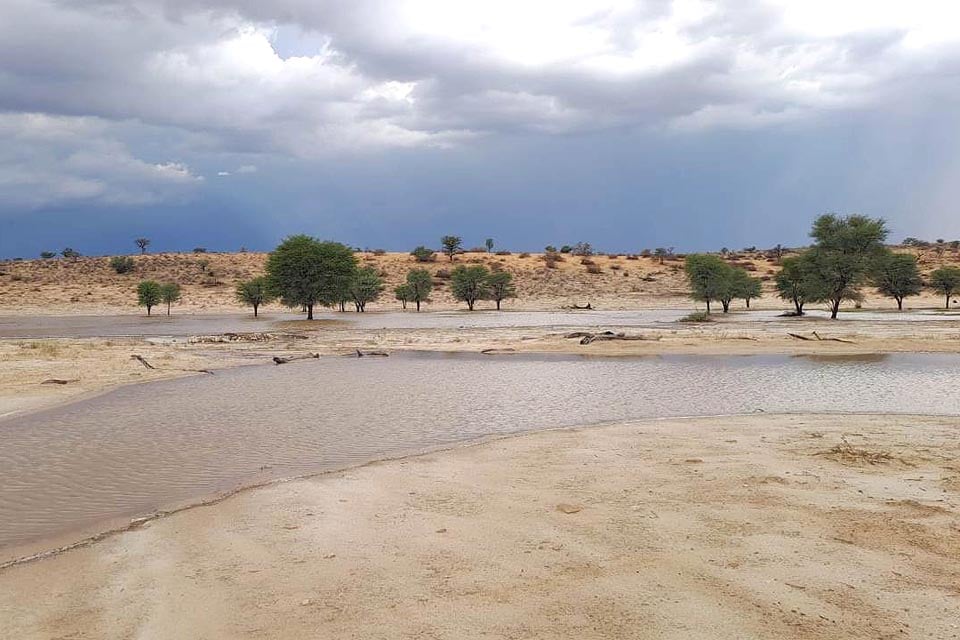_max960x960.jpg?width=692&height=661&name=24-11-29%20Tropic%20of%20Capricorn%20Namibia%20-%20Hans%20Hillewaert%20Wikipedia%2007-06-15%20orig%201280%20x%20960%20(3)_max960x960.jpg)
In December, Namibia experiences the longest day of the year, calculated from sunrise to sunset. And at the same time the shortest night. 21 December is the summer solstice.
On this day at noon, the sun is at its zenith, i.e. vertically above us, on the Tropic of Capricorn (see article on Wikipedia ). From 21 December, this point of the zenith moves northwards again day by day. Until it reaches the Tropic of Cancer north of the equator on 21 June and then turns back again.
Put simply, the sun reaches its southernmost point on 21 December. From then on, it moves northwards until it reaches the Tropic of Cancer on 21 June and then turns south again.
The Tropic of Capricorn is a line that runs south of Windhoek and north of Rehoboth. Many Namibia holidaymakers stop at the sign for a selfie. Some also leave a sticker. There is another sign on the C 14 gravel road.
Heavenly rendezvous: Moon meets Venus

Romantic stargazers should make a note of 5 December. There will be a heavenly 'rendezvous' on that date. Four days after new moon, the crescent moon will be close to Venus. Of course, this close constellation will only appear as seen from Earth. Venus sets at around 10.30 pm.
With Jupiter and Saturn the evening sky offers two more of the five planets that can be observed with the naked eye. Jupiter rises in the east during the sundowner and sets with the dawn at around 5.30 am.
Saturn has already passed the apex of its orbit in the evening sky at sunset and is travelling westwards. The ringed planet can no longer be seen in the morning because it sets at 0.30 am.
Mars keeps Jupiter company in the evening sky from 10.30 pm. The red planet, which actually appears reddish in binoculars, bids farewell to the horizon together with Jupiter at around 5.30 am.
Planet number 5 is not visible at all in December. Mercury moves from one side of the sun to the other, as seen from Earth. In January, it can no longer be observed in the evening, but in the morning.
The moon phases in December (times for Windhoek): New moon 1 Dec, first quarter 8 Dec, full moon 15 Dec, last quarter 23 Dec.
You can find out more about the starry sky in December in the Astro-News by Lutz von Dewitz in the news section Namibia Scientific Society.
Sven-Eric Stender




.png?width=82&height=85&name=Navigate%20Namibia-03%20(1).png)
SUBMIT YOUR COMMENT